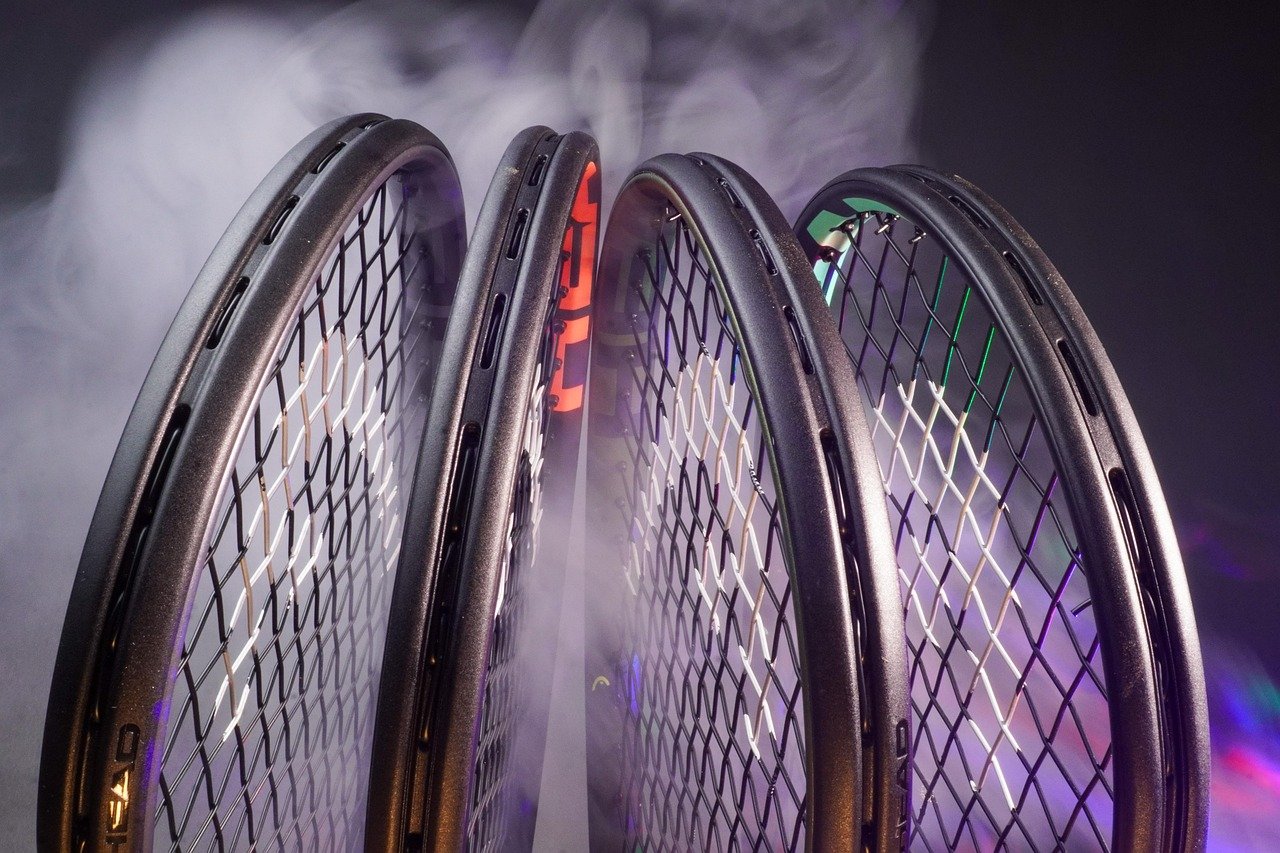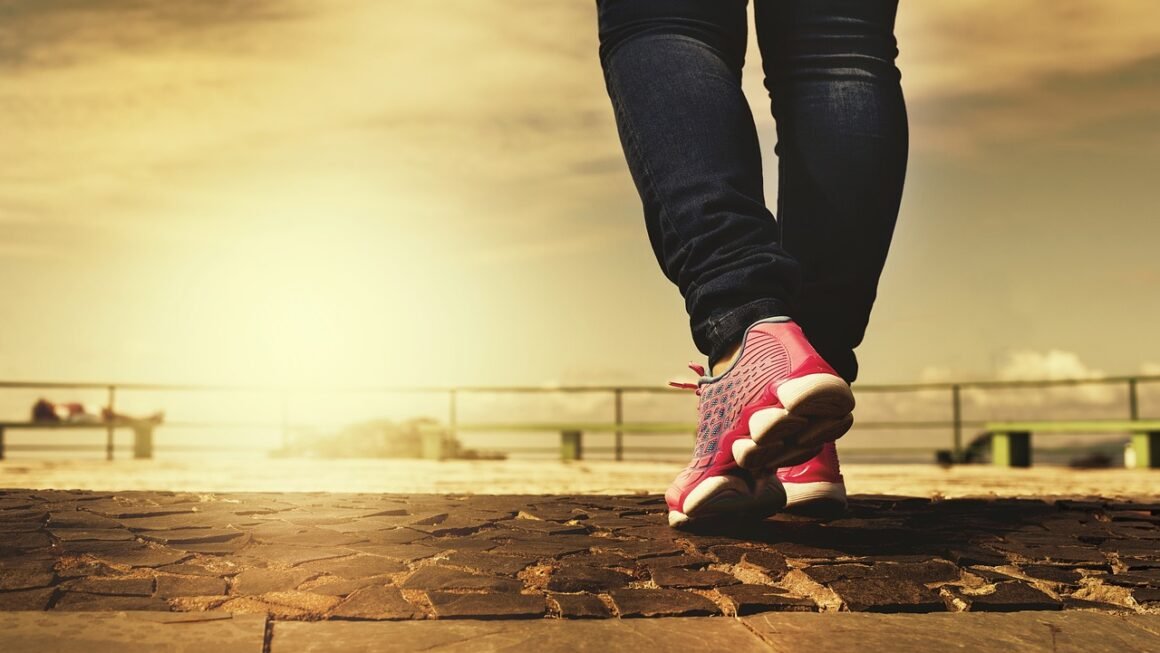Freediving, the captivating sport of diving underwater on a single breath, calls to the adventurer in us all. It’s more than just holding your breath; it’s about connecting with the ocean on a deeper level, pushing personal limits, and experiencing a unique sense of freedom. Whether you’re a seasoned diver or a curious beginner, this guide will provide valuable insights into the world of freediving.
What is Freediving?
The Essence of Breath-Hold Diving
Freediving, also known as breath-hold diving, is an underwater activity that relies on the diver’s ability to hold their breath until returning to the surface. Unlike scuba diving, no external breathing apparatus is used. This simplicity allows for a more intimate and challenging interaction with the marine environment. Freediving encompasses various disciplines, from recreational snorkeling to competitive depth diving.
- Static Apnea: Holding your breath for as long as possible in a pool.
- Dynamic Apnea: Swimming horizontally underwater for as long as possible in a pool.
- Free Immersion: Pulling yourself down and up a line using your arms.
- Constant Weight: Diving down and up using fins or a monofin, without changing weight.
- Variable Weight: Diving down with added weight and ascending with or without the weight.
- No-Limits: Diving down with a weighted sled and ascending using a lift bag (least common and most dangerous).
Why Choose Freediving?
Freediving offers a unique blend of physical and mental challenges, attracting individuals seeking personal growth and a deeper connection with the underwater world.
- Mental Discipline: Freediving requires intense focus and relaxation, fostering mindfulness and stress reduction.
- Physical Fitness: It improves cardiovascular health, lung capacity, and overall physical endurance.
- Ocean Connection: Experience the underwater realm without the distractions of scuba gear, feeling truly immersed in nature.
- Personal Challenge: Pushing your limits in a safe and controlled environment builds confidence and self-awareness.
- Accessibility: Requires less equipment and is generally less expensive than scuba diving.
- Environmental Impact: Freediving is a low-impact activity with minimal disturbance to marine ecosystems.
Getting Started with Freediving
Finding a Certified Instructor and Taking a Course
The single most important step is to learn from a certified freediving instructor. Reputable organizations such as PADI, SSI, AIDA, and Molchanovs offer comprehensive courses designed to teach you the necessary skills and safety protocols.
- Entry-Level Courses: These courses typically cover essential techniques like breathing exercises, equalization, finning techniques, and rescue procedures.
- Course Structure: Expect classroom sessions, pool training, and open water dives.
- Certification: Upon successful completion, you’ll receive a certification that allows you to dive with buddies and participate in more advanced courses.
- Example: A PADI Freediver course will teach you the fundamentals, including breath-holding techniques, equalization, and rescue skills, preparing you to dive to depths of up to 10-16 meters (33-52 feet) with a buddy.
Essential Freediving Equipment
While freediving requires less equipment than scuba diving, having the right gear is crucial for safety and comfort.
- Mask: A low-volume mask provides a wider field of vision and requires less air for equalization.
- Snorkel: Allows for surface breathing without lifting your head.
- Fins: Long fins (either bi-fins or a monofin) efficiently propel you through the water.
- Wetsuit: Provides thermal protection and buoyancy.
- Weight Belt: Adjusts buoyancy for controlled descent and ascent.
- Lanyard: A safety device that connects you to a dive line, preventing uncontrolled ascents.
- Dive Computer/Watch: Monitors depth, time, and ascent rate.
- Example: A good starting setup might include a Cressi Nano mask, Cressi Gara Modular fins, and a 3mm freediving wetsuit.
Freediving Techniques and Safety
Mastering Breath-Holding Techniques
Proper breathing and breath-hold techniques are fundamental to safe and enjoyable freediving.
- Diaphragmatic Breathing: Practice belly breathing to maximize lung capacity and relax your body. Inhale deeply, feeling your stomach expand.
- Packing: A controversial technique used by experienced divers to further increase lung volume. Should only be practiced under the guidance of a qualified instructor. It involves taking small sips of air into your mouth and “packing” them into your lungs.
- Equalization: This involves clearing your ears and sinuses to equalize pressure as you descend. The Valsalva maneuver (pinching your nose and gently blowing) is commonly used, but more advanced techniques like Frenzel and mouthfill equalization are preferable.
- Relaxation: Mental and physical relaxation is key to conserving oxygen and extending breath-hold time.
- Example: Before a dive, practice 5-10 minutes of diaphragmatic breathing, focusing on slow, deep breaths.
Crucial Safety Considerations
Freediving can be dangerous if safety protocols are not strictly followed.
- Never Dive Alone: Always dive with a buddy who is trained in freediving rescue techniques.
- Know Your Limits: Don’t push yourself beyond your capabilities, especially when starting out.
- Proper Weighting: Ensure you are neutrally buoyant at a specific depth to prevent overexertion.
- Surface Interval: Allow adequate surface time to recover before each dive. 2-3 times the dive time is a general guideline.
- Avoid Shallow Water Blackout (SWB): Understand the causes and symptoms of SWB and practice rescue techniques. SWB occurs when oxygen levels drop critically near the surface, leading to unconsciousness.
- Medical Conditions: Be aware of any medical conditions that may affect your ability to freedive and consult with a doctor before participating.
- Example: If your dive lasted 1 minute, aim for a surface interval of at least 2-3 minutes.
Advanced Freediving and Specializations
Leveling Up Your Skills
Once you’ve mastered the basics, you can explore advanced freediving disciplines and techniques.
- Advanced Courses: Focus on deeper diving, advanced equalization techniques (Frenzel, Mouthfill), and rescue scenarios.
- Specialized Courses: Explore specific areas like monofin diving, constant weight no fins diving, or competition freediving.
- Training Camps: Immersive training environments where you can improve your skills alongside experienced freedivers and instructors.
- Example: The Molchanovs Wave 2 course builds on the fundamentals, introducing more refined equalization and breath-hold techniques and allowing divers to safely reach depths of 20-30 meters.
Exploring Different Freediving Disciplines
Freediving offers a range of disciplines to suit different interests and skill levels.
- Competitive Freediving: Participate in competitions and test your limits against other freedivers.
- Freediving Photography: Capture stunning underwater images and videos.
- Spearfishing: Hunt fish using freediving techniques (requires proper permits and regulations).
- Scientific Research: Assist in marine research projects, collecting data and observing marine life.
- Example: World-class freedivers like Alexey Molchanov and Alessia Zecchini have achieved incredible depths in competitive freediving, setting world records in various disciplines.
Conclusion
Freediving offers a profound and transformative experience, connecting you with the ocean and yourself in ways you never imagined. By learning from qualified instructors, practicing safe techniques, and respecting the marine environment, you can unlock the wonders of breath-hold diving and embark on an unforgettable journey. Whether you’re seeking adventure, personal growth, or simply a deeper connection with nature, freediving has something to offer everyone. Remember to prioritize safety, practice regularly, and always dive with a buddy.



